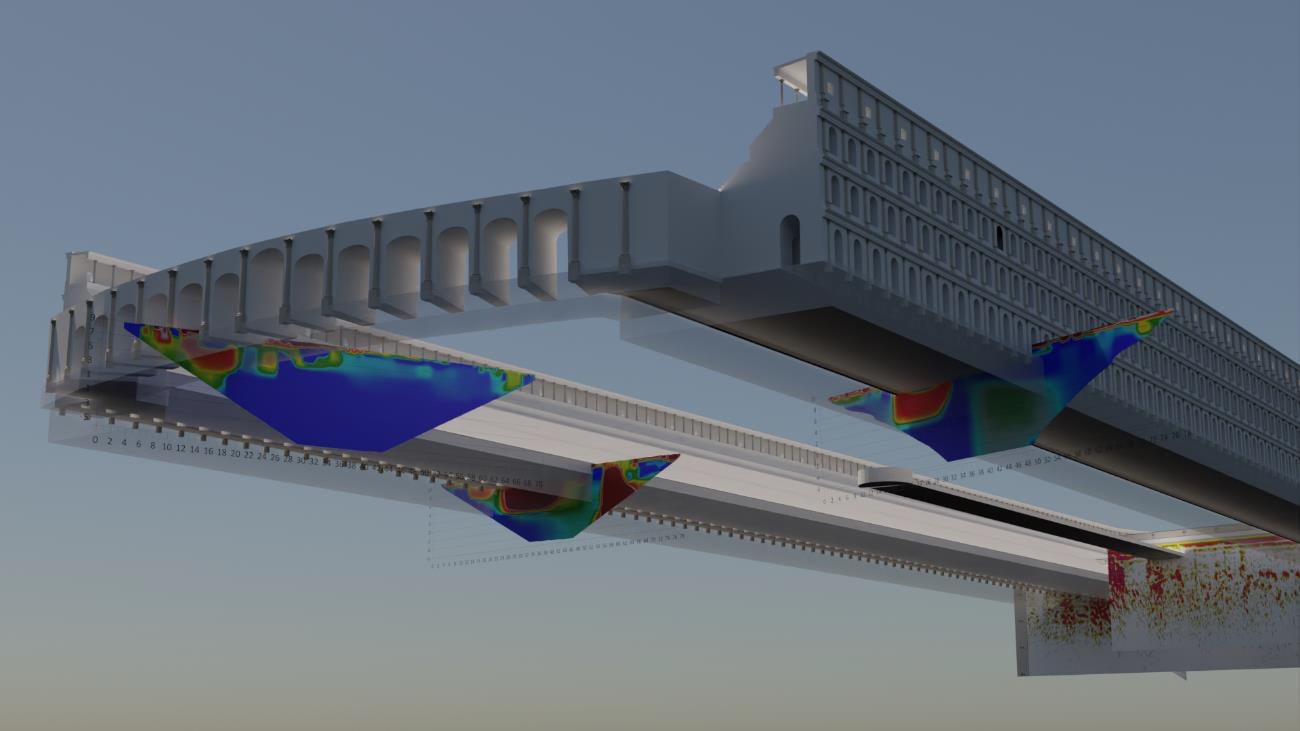SEVILLA UNIVERSITY experts say modern technology has enabled them to find evidence of a giant Roman circus at the site of the ancient city of Italica in Santiponce.
Work in August using geo-radar and electrical topography allowed scientists to pinpoint the location after previous suggestions for possible sites.
The giant stadium would have occupied over eight hectares- equating to eight football fields- east of Italica, with an 80,000 spectator capacity.
Researchers found part of the building floor which they suggest would have had a maximum length of 532 metres and a width of between 140 metres and 155 metres from where chariot races would start.
The events would then take place around a circular track in the stadium.
The circus foundation stand was made out of a 30 metre wide concrete slab with a depth of six meters.
Detection techniques used a device that injected electrical currents into the ground which measured the resistance generated by the underlying structures, which allowed digital mapping to happen of buildings detected in the subsoil.
With the results obtained so far, the next step will be a formal archaeological excavation of the site.
The existence of a circus in Italica would complete a trio of major buildings discovered in the old city along with the Augustan theatre and the Adrianeo amphitheatre.
The super-sized stadium would put Italica on a par with other great Roman cities in the Iberian Peninsula like Merida, Tarragona and Cordoba.
GOT A STORY? Email us at tips@theolivepress.es








